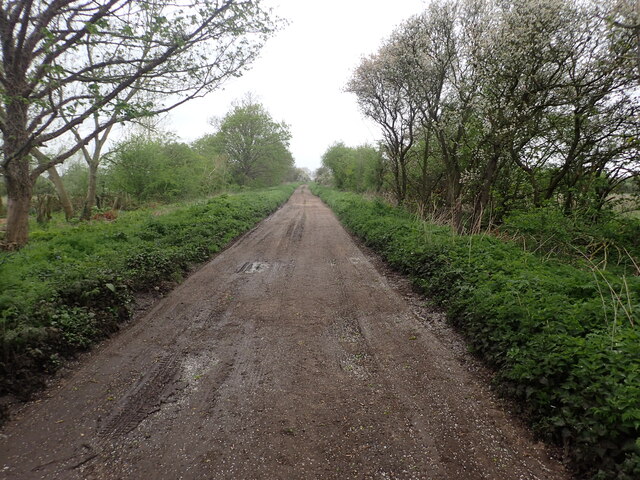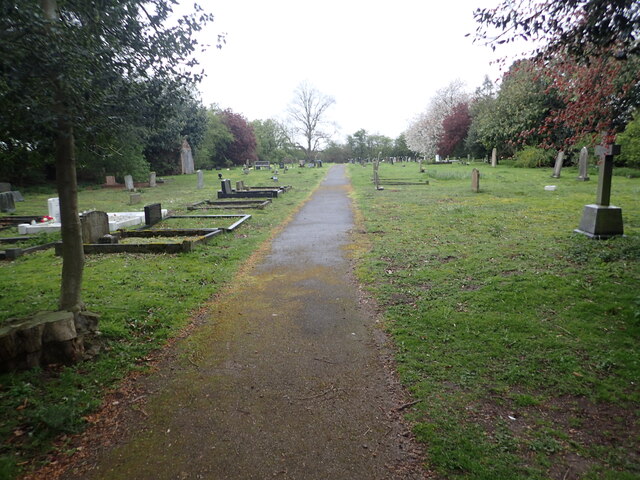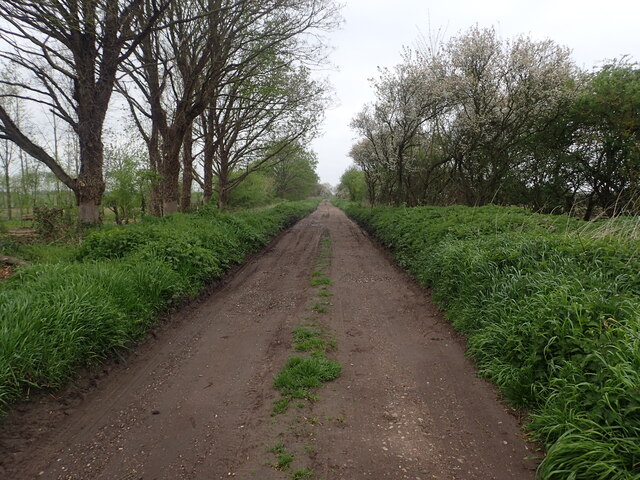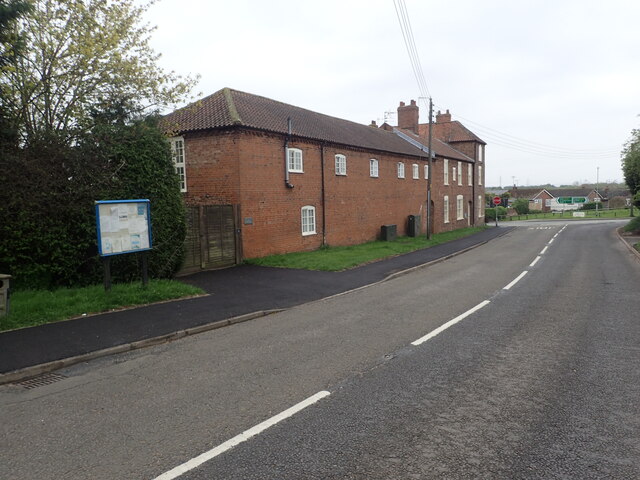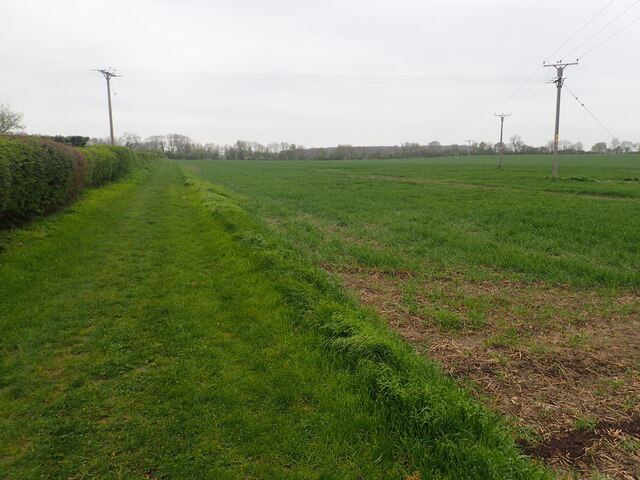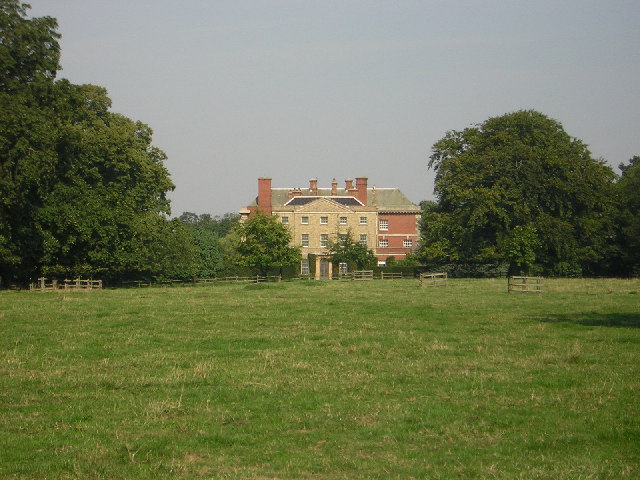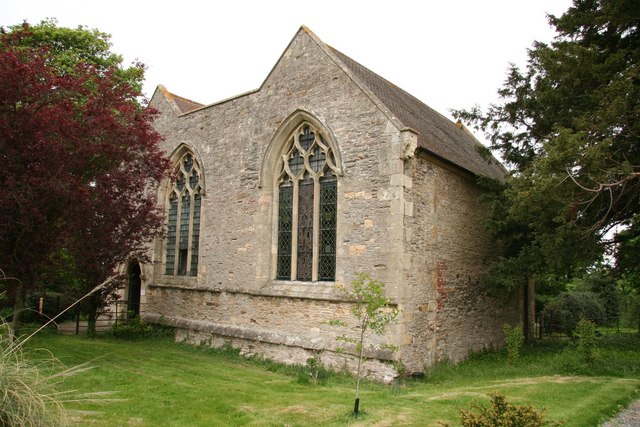Beanland's Plantation
Wood, Forest in Lincolnshire West Lindsey
England
Beanland's Plantation
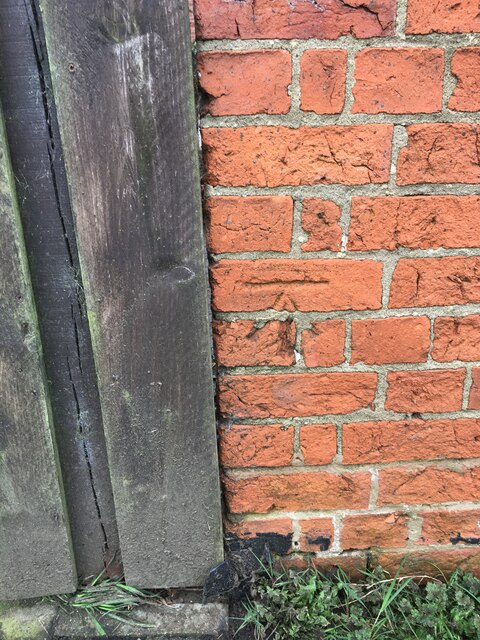
Beanland's Plantation is a picturesque woodland area located in Lincolnshire, England. It stretches across several acres, providing a serene and tranquil environment for visitors to immerse themselves in nature. Known for its dense forest cover, the plantation is home to a diverse range of plant species, including oak, beech, birch, and pine trees.
The woodland is characterized by its rich biodiversity and serves as a habitat for various wildlife species. It is not uncommon to spot squirrels, rabbits, and numerous bird species such as woodpeckers and owls within the plantation. The presence of a small stream running through the plantation adds to its natural charm and provides a refreshing ambiance.
Visitors can explore the plantation through a network of well-maintained walking trails, allowing them to experience the beauty of the woodland up close. The trails are suitable for all ages and offer a peaceful retreat from the hustle and bustle of everyday life. In addition, the plantation provides picnic areas and benches, enabling visitors to relax and enjoy the surroundings.
Beanland's Plantation also hosts educational programs and workshops focused on environmental conservation and the importance of forests. These initiatives aim to raise awareness about the significance of preserving natural habitats and promoting sustainable practices.
Overall, Beanland's Plantation in Lincolnshire is a haven for nature enthusiasts and offers a perfect escape for those seeking solace amidst the beauty of a well-preserved woodland.
If you have any feedback on the listing, please let us know in the comments section below.
Beanland's Plantation Images
Images are sourced within 2km of 53.342948/-0.74949972 or Grid Reference SK8383. Thanks to Geograph Open Source API. All images are credited.
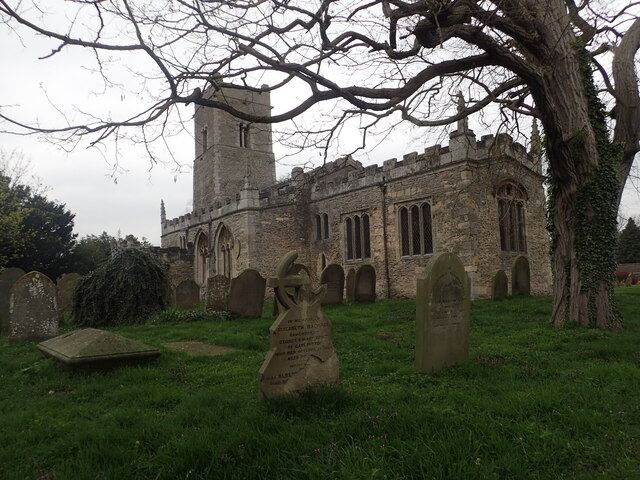
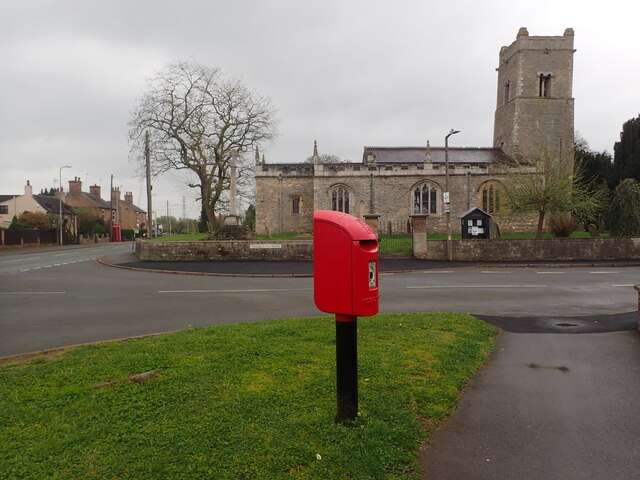

Beanland's Plantation is located at Grid Ref: SK8383 (Lat: 53.342948, Lng: -0.74949972)
Administrative County: Lincolnshire
District: West Lindsey
Police Authority: Lincolnshire
What 3 Words
///ramp.sisters.tweed. Near Willingham, Lincolnshire
Nearby Locations
Related Wikis
A156 road
The A156 is an 11 miles (18 km) long road that runs from the A57 near Saxilby and heads north to Gainsborough. The road runs entirely within Lincolnshire...
Gate Burton
Gate Burton (sometimes called Burton Gate), is a village and civil parish in the West Lindsey district of Lincolnshire, England. It is situated 4 miles...
Knaith
Knaith is a village and civil parish about 3 miles (5 km) south of the town of Gainsborough in the West Lindsey district of Lincolnshire, England. The...
Littleborough, Nottinghamshire
Littleborough is a village and former civil parish, now in the parish of Sturton le Steeple, in the Bassetlaw district, in the county of Nottinghamshire...
St Nicholas Church, Littleborough
St Nicholas Church is a redundant Anglican church in the hamlet of Littleborough, Nottinghamshire, England. It is recorded in the National Heritage List...
Marton, Lincolnshire
Marton is a village and civil parish in the West Lindsey district of Lincolnshire, England. It is situated at the junction between the A156 and the A1500...
Lea railway station
Lea railway station was a station in Lea, Lincolnshire, England, south of Gainsborough. It was opened in 1849 by the Great Northern Railway, but was closed...
Heynings Priory
Heynings Priory was a priory in Knaith, Lincolnshire, England. The priory of Heynings was founded by Rayner de Evermue, Lord of Knaith, for Cistercian...
Related Videos
MARTON: West Lindsey Parish #37 of 128
In Roman times, this was a way station, slightly north of the larger Roman fort at Torksey. Torksey as we learned there, is at the ...
KNAITH: West Lindsey Parish #35 of 128
This is one of those that's split into two distinct parts and Heynings is an important name to this parish. That's because of Heynings ...
GATE BURTON: West Lindsey Parish #36 of 128
This is a very short video, owing to the fact that I can't film all of this one. The main public roads are the A156, the very same that ...
Nearby Amenities
Located within 500m of 53.342948,-0.74949972Have you been to Beanland's Plantation?
Leave your review of Beanland's Plantation below (or comments, questions and feedback).
